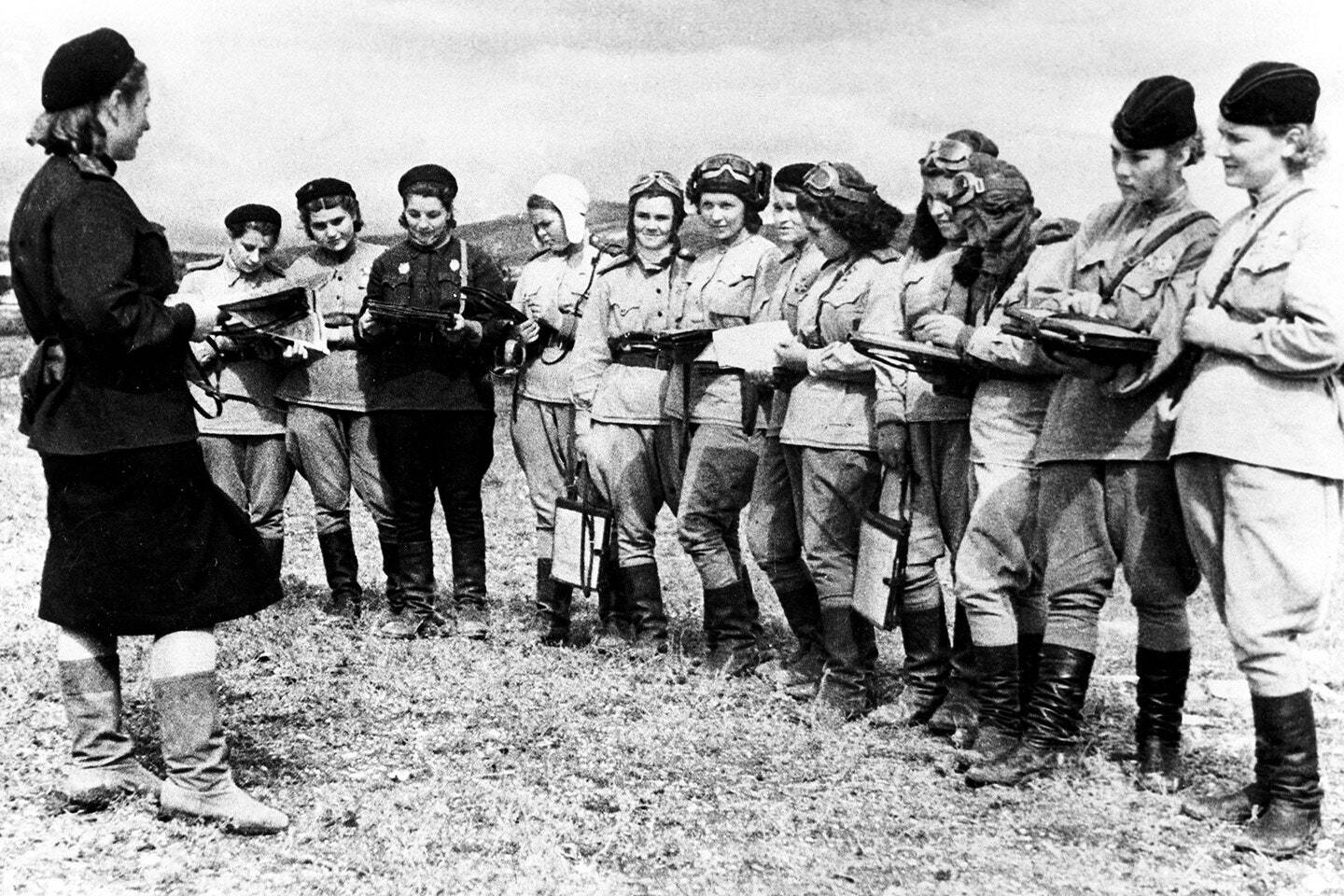
Who were the Night Witches? They were a group of fearless female pilots from the Soviet Union during World War II. Officially known as the 588th Night Bomber Regiment, these women flew outdated biplanes on daring night missions. Their planes were so slow and noisy that the Germans called them "Night Witches" because their engines sounded like broomsticks sweeping the sky. Despite facing harsh conditions, they completed over 30,000 missions and dropped more than 23,000 tons of bombs. Why were they so effective? Their stealth tactics and bravery made them a significant threat to the enemy. These women proved that courage and skill could turn even the simplest aircraft into a powerful weapon.
Key Takeaways:
- The Night Witches were a group of brave Soviet female aviators who flew daring missions during World War II, using outdated planes and unique tactics to outsmart the enemy.
- Their courage and skill disrupted German operations, boosted Soviet morale, and paved the way for greater acceptance of women in military roles, leaving a lasting legacy of empowerment and resilience.
Who Were the Night Witches?
The Night Witches were a group of Soviet female military aviators during World War II. They flew harassment and precision bombing missions against the German military. Their bravery and skill earned them a legendary status.
- The Night Witches were officially known as the 588th Night Bomber Regiment.
- They were the first women in the world to fly combat missions.
- The regiment was formed in 1942 by Marina Raskova, a famous Soviet aviator.
- The name "Night Witches" was given by the Germans due to the whooshing sound their planes made.
- They flew over 30,000 missions during the war.
Their Aircraft and Tactics
The Night Witches used outdated aircraft and unique tactics to outsmart their enemies. Their planes were slow and made of wood, but they turned these disadvantages into strengths.
- They flew Polikarpov Po-2 biplanes, which were originally used for crop dusting.
- The planes had no radios, making communication difficult.
- They often flew in formations of three: two would attract searchlights, while the third would bomb in darkness.
- The pilots would cut their engines to glide silently over targets, making them harder to detect.
- Each plane could carry only two bombs, so they had to make multiple trips each night.
The Pilots' Courage and Skill
The pilots of the Night Witches were incredibly brave and skilled. They faced numerous challenges, from harsh weather to enemy fire, yet they persevered.
- Most pilots were in their early twenties, with some as young as 17.
- They flew without parachutes to save weight for more bombs.
- Many missions were flown in freezing temperatures, with open cockpits.
- They navigated using maps and compasses, as their planes had no advanced instruments.
- Despite the dangers, they had a remarkably low casualty rate.
Recognition and Legacy
The Night Witches' contributions were significant, and their legacy lives on. They received numerous awards and honors for their bravery and effectiveness.
- Twenty-three Night Witches were awarded the title Hero of the Soviet Union.
- The regiment was never disbanded; it was renamed and continued to serve after the war.
- They are celebrated in Russian history and have inspired books, movies, and songs.
- Their story is a testament to the capabilities and courage of women in combat.
- The Night Witches remain a symbol of female empowerment and resilience.
Challenges and Hardships
The Night Witches faced many hardships, both in the air and on the ground. Their determination and resilience helped them overcome these obstacles.
- They often had to repair their planes themselves, as there were few mechanics available.
- The wooden planes were highly flammable, adding to the danger.
- They flew at low altitudes to avoid detection, making them vulnerable to ground fire.
- The pilots had to deal with sexism and skepticism from male counterparts.
- Despite these challenges, they maintained high morale and camaraderie.
Impact on the War
The Night Witches played a crucial role in the Soviet war effort. Their missions disrupted German operations and boosted Soviet morale.
- Their bombing raids caused significant damage to German supply lines and infrastructure.
- They were particularly effective in psychological warfare, as the Germans feared their night attacks.
- Their success helped pave the way for greater acceptance of women in military roles.
- The Night Witches' efforts contributed to the eventual Soviet victory on the Eastern Front.
- Their legacy continues to inspire military aviators around the world.
Personal Stories and Anecdotes
The Night Witches' story is filled with personal anecdotes and heroic tales. These individual stories highlight their bravery and dedication.
- Nadezhda Popova, one of the most famous Night Witches, flew 852 missions during the war.
- Yevdokiya Bershanskaya, the regiment's commander, was known for her leadership and tactical skills.
- Many pilots formed lifelong friendships and bonds during their service.
- Their stories have been passed down through generations, preserving their legacy.
- The Night Witches' experiences offer valuable lessons in courage, teamwork, and perseverance.
Modern-Day Recognition
The Night Witches' contributions are still recognized and honored today. Their story continues to inspire and educate people around the world.
- Monuments and memorials have been erected in their honor in Russia and other countries.
- Their story is included in history curricula and military training programs.
- The Night Witches are celebrated in popular culture, including films, books, and documentaries.
The Legacy of the Night Witches
The Night Witches left an indelible mark on history. These brave women flew outdated planes, often without parachutes, to carry out daring bombing missions during World War II. Their courage and skill earned them the respect of both allies and enemies. Despite facing immense danger, they completed over 30,000 missions, significantly impacting the war effort.
Their story isn't just about military success. It's a testament to the power of determination and breaking barriers. The Night Witches proved that women could excel in roles traditionally reserved for men, paving the way for future generations.
Remembering the Night Witches reminds us of the incredible feats humans can achieve when driven by purpose and bravery. Their legacy continues to inspire, showing that with grit and resolve, even the most daunting challenges can be overcome.
Frequently Asked Questions
Was this page helpful?
Our commitment to delivering trustworthy and engaging content is at the heart of what we do. Each fact on our site is contributed by real users like you, bringing a wealth of diverse insights and information. To ensure the highest standards of accuracy and reliability, our dedicated editors meticulously review each submission. This process guarantees that the facts we share are not only fascinating but also credible. Trust in our commitment to quality and authenticity as you explore and learn with us.


